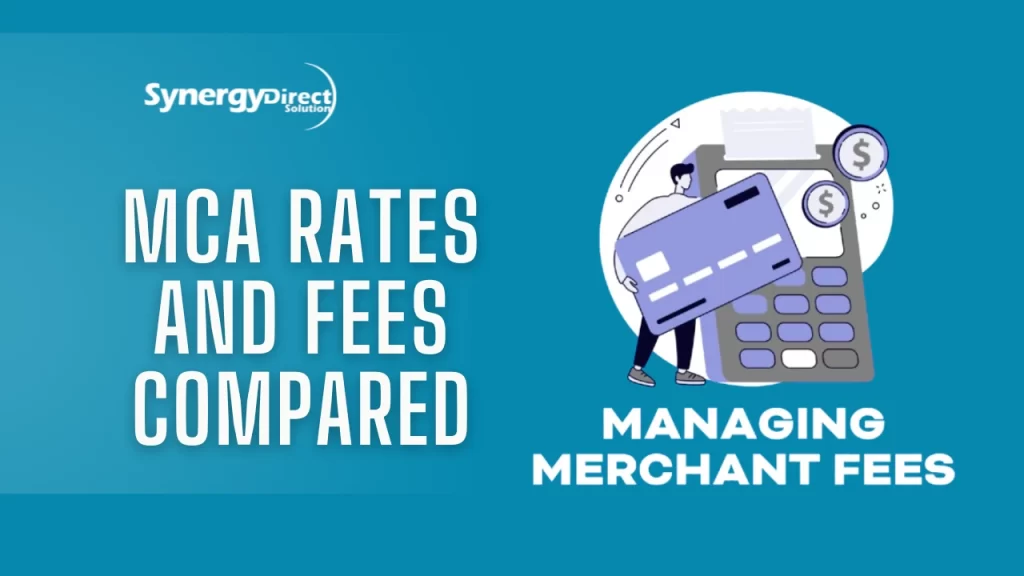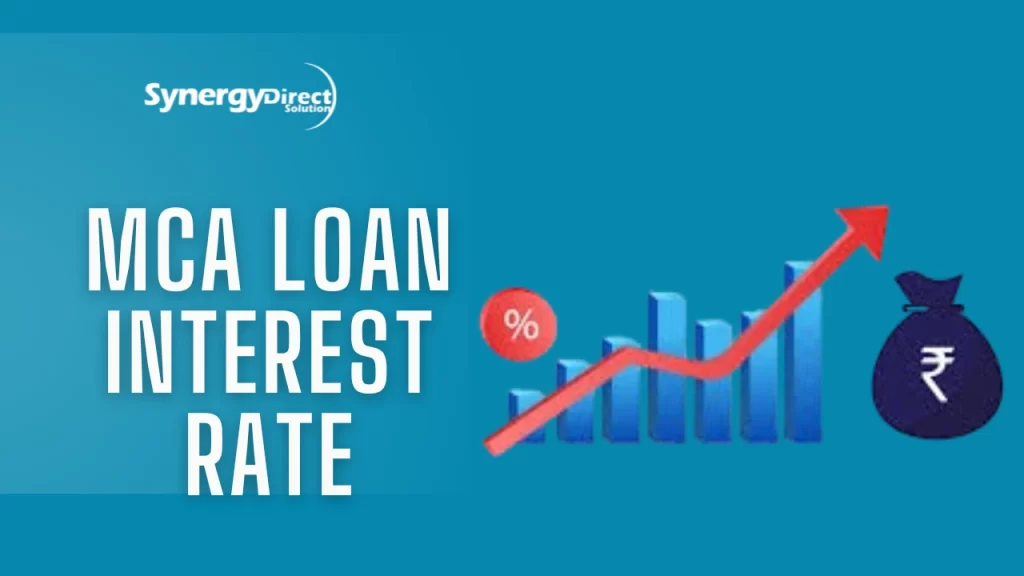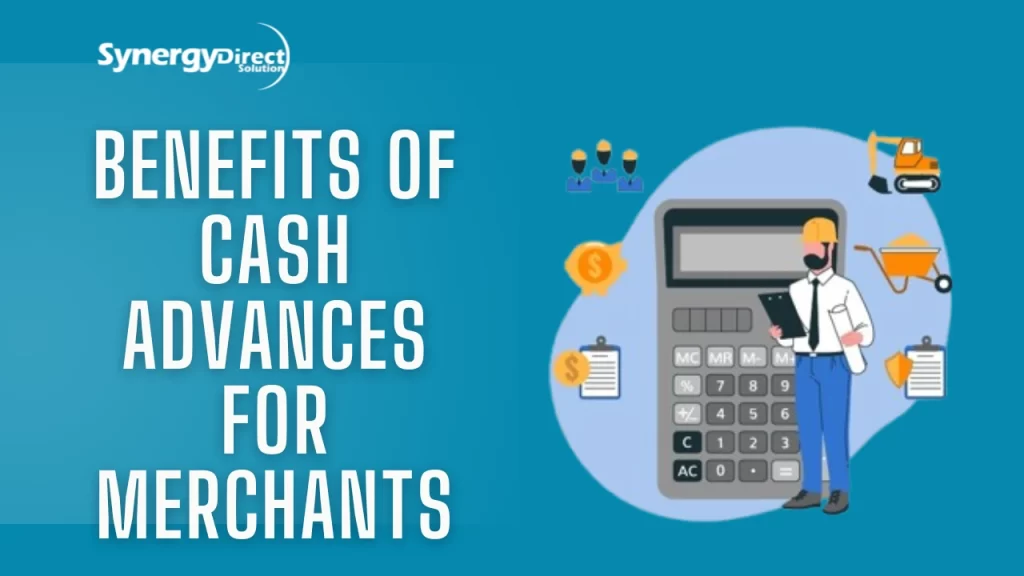MCA Rates and Fees Compared and Explained
Merchant Cash Advances (MCAs) have gained significant traction among small business owners seeking quick funding without the stringent requirements of traditional bank loans. However, one of the most critical aspects to understand before accepting an MCA is the rates and fees associated with it. Unlike conventional loans, MCAs operate differently in terms of repayment structure, costs, and obligations.
This article provides a detailed breakdown of MCA rates and fees, how they are calculated, what hidden costs you should be aware of, and tips to minimize your overall borrowing expenses. Whether you are considering an MCA for the first time or just want to better understand the financial commitment, this guide will walk you through everything you need to know.

Interest Rates Versus MCA Rates
One of the primary differences between traditional business loans and Merchant Cash Advances is the way the rates are structured. While most business loans are accompanied by interest rates, MCAs use a factor rate to determine the total repayment amount. Let’s break down these concepts:
1. Traditional Loan Interest Rates
-
Interest rates are percentages that are applied to the principal loan amount. For example, if you take out a loan for $10,000 at an interest rate of 10%, you would owe an additional $1,000 in interest over the life of the loan.
-
Interest rates can be fixed or variable. Fixed interest rates stay the same over time, while variable rates may change based on market conditions.
-
Traditional loans usually have lower interest rates, but they are also typically harder to qualify for, requiring good credit, business history, and assets as collateral.
2. MCA Rates
- MCA rates are calculated using a factor rate, which is a multiplier applied to the loan amount. Unlike interest rates, MCA factor rates are not compounded, which means they are simpler to calculate.
-
-
Factor rates generally range from 1.1 to 1.5, depending on the lender and your business’s risk profile. For example, if you are given a factor rate of 1.3 for a loan of $10,000, the total repayment would be $13,000 (principal amount x factor rate = total repayment).
-
Factor rates may seem higher than interest rates, but they do not carry the same long-term compounding costs as traditional loans, making them more predictable in terms of final repayment.
-
Comparing Interest Rates and MCA Factor Rates
Traditional loans usually offer lower interest rates (5% to 15%) but come with longer application processes, strict qualification requirements, and collateral needs.
MCAs, on the other hand, have higher factor rates but provide quick access to capital with fewer qualifications, making them appealing for businesses with less-than-perfect credit or those that need fast financing.
What is an MCA Loan?
An MCA loan, or Merchant Cash Advance, is a type of financing commonly used by small businesses that need quick access to cash. Unlike traditional loans, an MCA provides businesses with a lump sum payment in exchange for a portion of their future sales or revenue. Typically, repayments are made daily or weekly by deducting a percentage of the business’s credit card sales or bank deposits.
This makes MCA loans flexible, as repayment amounts adjust according to the business’s cash flow. However, MCAs often come with higher costs compared to traditional bank loans, reflected in a “factor rate” instead of a standard interest rate.
Businesses usually turn to MCAs when they cannot qualify for regular loans due to bad credit, lack of collateral, or the urgent need for funds. While they offer speed and convenience, it is important for business owners to carefully review the terms to avoid high repayment burdens.
What is the MCA Fees and Repayment Structure?
The fees and repayment structure of a Merchant Cash Advance (MCA) are different from traditional loans and can be confusing if you’re not familiar with how they work. Instead of charging a regular interest rate, MCAs use a factor rate, usually between 1.1 and 1.5, to calculate the total amount owed. For example, if a business receives an advance of $20,000 with a 1.4 factor rate, they must repay $28,000 regardless of how quickly they pay it off.
The repayment is structured through daily or weekly deductions from the business’s credit card sales or bank account deposits. Typically, a set percentage of daily revenue—known as the “holdback rate”—is automatically withdrawn until the full amount is repaid. The holdback percentage often ranges from 10% to 20% of daily sales, meaning the payment adjusts depending on the business’s performance.
In terms of fees, businesses might also face origination fees, processing fees, or late payment penalties on top of the factor rate cost. Since MCAs are technically not loans but advances on future earnings, they aren’t regulated in the same way traditional lending is, allowing providers to charge higher fees.
The repayment timeline usually ranges from 3 to 18 months, depending on the advance size, sales volume, and agreement terms. It’s important for businesses to understand that because payments are pulled frequently, cash flow can be heavily impacted if revenue dips unexpectedly. As a result, reviewing the full fee structure and repayment plan carefully is essential before accepting an MCA offer.
MCA Loan Interest Rate
An MCA loan does not use a traditional interest rate like a bank loan. Instead, it applies a factor rate, which is a fixed multiplier used to determine the total repayment amount. Factor rates typically range from 1.1 to 1.5, meaning if you borrow $10,000 with a 1.3 factor rate, you will owe $13,000 in total repayment.
While this structure may seem simple, it often results in a very high effective annual percentage rate (APR)—sometimes between 40% and 350% or even higher. Because repayments are based on daily or weekly deductions from a business’s sales, the actual cost of borrowing can be significantly greater than traditional financing.
Lenders assess the factor rate based on a business’s cash flow, revenue history, and risk profile. Therefore, while MCAs offer quick funding, it is critical for business owners to calculate the true cost carefully before agreeing to the terms.

MCA Pros and Cons
A Merchant Cash Advance (MCA) can be a valuable financial tool for small businesses needing fast access to capital, but it comes with both advantages and disadvantages. One of the primary benefits of an MCA is quick approval and funding, often within 24 to 48 hours, which is ideal for businesses facing urgent expenses. MCAs are also easy to qualify for, as they don’t require high credit scores or collateral—lenders primarily evaluate daily credit card or sales volume. Additionally, repayment is flexible, since it’s based on a percentage of daily sales, so payments decrease during slower periods.
However, the downsides can be significant. The cost is often very high, with effective APRs ranging from 40% to over 350%, making it one of the most expensive forms of business funding. Because repayments are taken daily or weekly, they can strain your cash flow, especially during prolonged slow seasons. MCAs also lack transparency, as the use of factor rates can make it hard for business owners to understand the real cost. Furthermore, unlike a traditional loan, early repayment doesn’t reduce the total cost—you’ll still owe the full amount based on the original factor rate.
Alternatives to an MCA
While a Merchant Cash Advance (MCA) can offer fast funding, its high costs make it less appealing for many business owners. Fortunately, there are several viable alternatives to an MCA that provide more favorable repayment terms, lower interest rates, and better long-term financial sustainability. One common alternative is a traditional small business loan from a bank or credit union. These loans usually offer lower interest rates and fixed monthly payments, though they require good credit and extensive documentation. Another option is a business line of credit, which gives businesses access to a revolving credit limit they can draw from as needed—ideal for managing cash flow or covering seasonal expenses.
Invoice financing is another solution for companies that experience delays in client payments. This allows businesses to borrow against unpaid invoices, unlocking capital without taking on new debt. Similarly, equipment financing helps businesses purchase machinery or tools by spreading the cost over time, using the equipment as collateral. Peer-to-peer lending platforms and SBA loans are also solid alternatives, often providing competitive rates and flexible terms for qualifying businesses. Choosing the right option depends on your business’s creditworthiness, funding urgency, and ability to repay.
What Are the Benefits of Cash Advances for Merchants?
Cash advances offer several key benefits for merchants, especially those who need quick and flexible funding. One of the biggest advantages is speed—merchants can often receive funds within 24 to 48 hours after approval, making it an ideal solution for urgent expenses like inventory purchases, equipment repairs, or unexpected bills.
Another important benefit is the ease of qualification; unlike traditional bank loans that require high credit scores, extensive documentation, and collateral, cash advances primarily focus on a business’s daily or monthly sales volume. This makes them accessible even to businesses with poor credit histories or limited operating time.
Additionally, flexible repayment terms are a major attraction. Payments are tied to a percentage of daily sales, meaning that if business is slow, the payment amount decreases accordingly—offering a level of protection during seasonal downturns. There’s also no fixed monthly payment, helping businesses better manage their cash flow.
Cash advances also do not require personal collateral like a home or vehicle, reducing personal financial risk. For merchants with fluctuating revenue streams, the adaptability and minimal paperwork involved in securing a cash advance make it a practical choice when compared to traditional financing.

Conclusion
In conclusion, Merchant Cash Advances (MCAs) can be a valuable financial solution for small businesses in need of quick, flexible funding. With fast approval, minimal qualification requirements, and repayment based on daily sales, MCAs offer a practical option for businesses with fluctuating cash flows or those unable to secure traditional loans. However, business owners should be aware of the high costs associated with MCAs, including factor rates and frequent deductions, which can significantly impact cash flow. It’s crucial to fully understand the MCA Rates and Fees before accepting an MCA to avoid any unexpected financial burdens. Alternatives like small business loans, lines of credit, and invoice financing may offer more favorable terms for long-term financial health. As with any financial decision, it’s important for business owners to carefully evaluate all options to ensure the best fit for their needs.
FAQS
Q: What is the difference between interest rates and MCA rates?.
Interest rates are the cost of borrowing expressed as a percentage of the loan amount, typically applied to traditional loans. MCA rates use a factor rate, a fixed multiplier (e.g., 1.2), to determine the total amount to be repaid, resulting in a higher overall cost compared to traditional interest rates.
Q: What additional fees can businesses incur when using an MCA?
In addition to the factor rate, businesses may face origination fees, processing fees, late payment penalties, and sometimes maintenance fees or prepayment penalties, depending on the lender’s terms.
Q: How do the durations of loans compare to those of Merchant Cash Advances?
Traditional loans typically have longer durations (e.g., 1 to 10 years) with fixed monthly repayments. In contrast, MCAs are repaid more quickly, usually over 3 to 18 months, with daily or weekly deductions based on sales.
